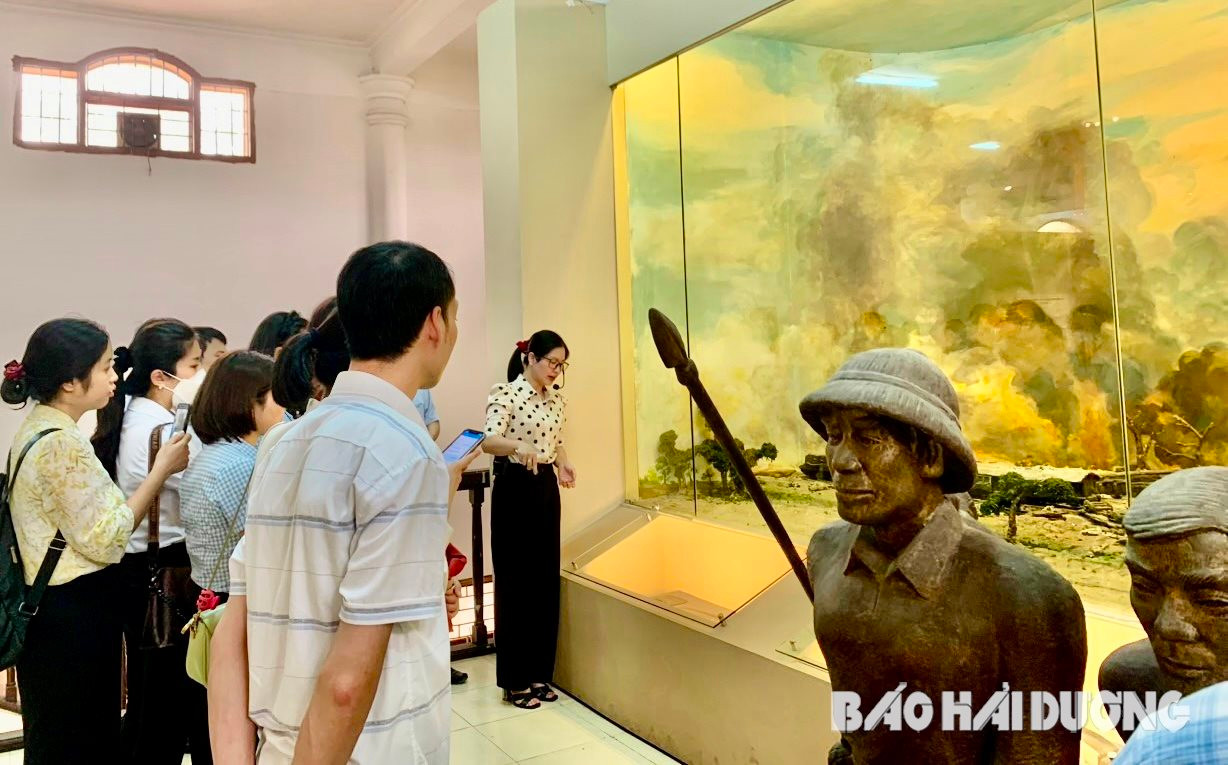
"Thunder of Route 5" is a resistance movement against French colonialism on Route 5 and the Hai Phong - Hanoi railway by the army and people of 3 provinces: Hai Phong, Hai Duong, Hung Yen.
After the August Revolution in 1945, the French colonialists returned to invade our country for the second time. Realizing that Route 5 was the most important traffic artery in the Northern battlefield, they set up many posts and watchtowers, launched many patrols and sweeps along this route and the surrounding areas, committing many crimes against our people.
To protect the strategically important traffic route and at the same time stop the enemy, the army and people of Hai Duong, together with the army and people of Hai Phong and Hung Yen, fought steadfastly, staying on the land and villages, destroying each enemy.
In the book “Thunder on Route 5” by veteran Le Hoai Thao, published by the People’s Army Publishing House, the section on the “Thunder on Route 5” Campaign (first time) wrote: On the night of February 4, 1948, assigned by the province, Kim Thanh mobilized militia and guerrillas from 7 communes along Highway 5 to use mines to launch a “General Railway Sabotage” campaign along a 20-kilometer stretch. Exactly 1 hour later, after 3 loud explosions as the “signal” to fire, more than 1,000 mines placed close to the railway exploded in succession, creating a series of sounds that resounded like the earth was shaking, lighting up the entire sky. The entire railway section was destroyed.
Also according to this book, on October 5, 1948, Cam Hoang guerrillas used mines to fight a “beautiful” battle on the Cau De railway, overturning a train with 8 carriages, killing 250 soldiers and injuring more than 100 others. This was the most deadly mine battle on the railway at that time.
The Kim Thanh guerrillas had many initiatives to set off mines on the railways suitable for each period. At first, we had to use the rudimentary tactic of "pulling the strings". Later, the Kim Thanh guerrillas found a new way of fighting with "automatic electric mines", which did not require an operator, did not need a hiding place near the road, and could place mines at any section under favorable conditions. Although these forms of fighting were simple, they contributed significantly to the anti-French colonialist movement of the people of the whole country.
The first “automatic electric mine” battle was piloted by Kim Thanh guerrillas on a section of road near Phu Thai station on the morning of December 28, 1951. This method of fighting was later applied in many places, especially in coordination with the Dien Bien Phu Campaign. A typical example was the “automatic electric mine” battle to destroy reinforcements on Route 5 at Pham Xa station (Kim Thanh) on January 31, 1954, overturning a train carrying soldiers and military equipment from Hai Phong to support the Dien Bien Phu stronghold, destroying 1,017 enemies along with tons of weapons, military uniforms, military equipment and war vehicles of the French.
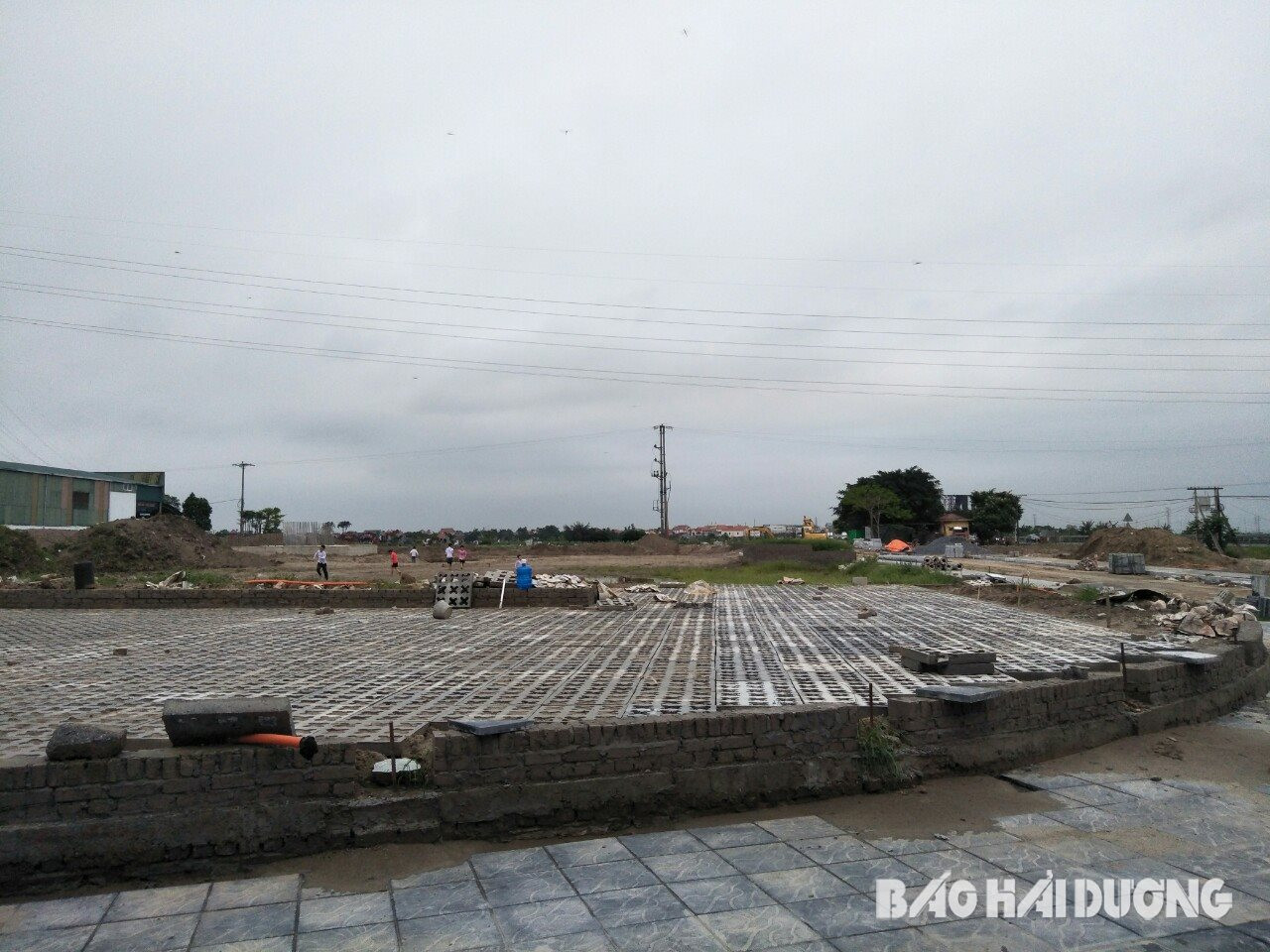
Uncle Ho sent letters of praise to the Kim Thanh Guerrilla Platoon twice in March and December 1948. The letter read: "Thank you for sending me a raincoat taken from the enemy. Even more precious, you promised: Always try to take the enemy's weapons to kill the enemy... One more thing you must always remember: "Guerrillas are like fish, people are like water"...
According to historian Tang Ba Hoanh, the people who created "Thunder of Route 5" were guerrillas, militiamen, self-defense soldiers, and local soldiers. With the motto "using primitiveness to fight modernity; using small forces, achieving great victories", with only homemade artillery shells, mines or improvements from enemy weight bombs and artillery shells, we created the resounding "Thunder of Route 5", causing heavy losses to the enemy.
Contributing to the Dien Bien Phu Victory that shook the world, many children of Hai Duong did not hesitate to sacrifice their lives, dedicating their youth to the country. Hai Duong had more than 4,000 soldiers participating in the Dien Bien Phu Campaign, including 402 martyrs and thousands of people who returned with wounds on their bodies. The names of many heroes of Hai Duong land are forever engraved in history such as: "King of mines on route 5" Nguyen Van Thoa, hero Le Van No, female guerrilla Dinh Thi Nhin, hero Dang Duc Song, hero Ha Van Noa...
To honor the contributions and sacrifices of soldiers and guerrillas who died in mine operations on Route 5 and the Hanoi - Hai Phong railway, Hai Duong province is constructing the monument "Thunder of Route 5" in Tuan Viet commune (Kim Thanh). The project has an estimated cost of over 57.5 billion VND from the provincial budget and socialized sources.
NGUYEN THAOSource



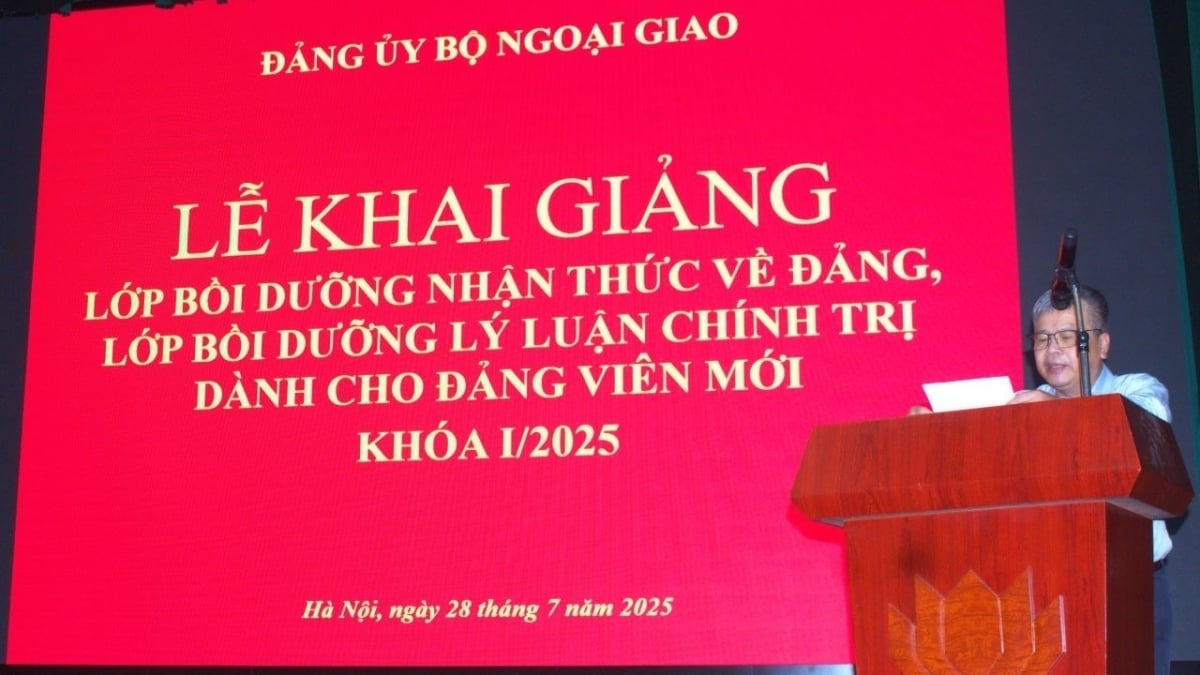




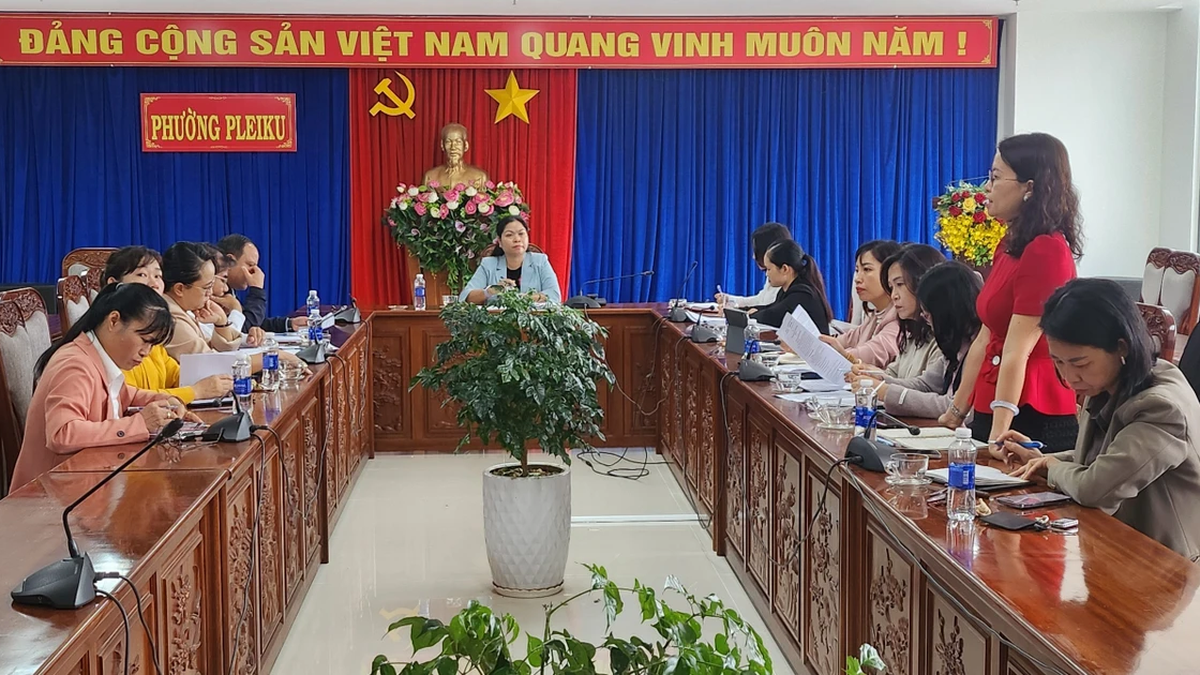


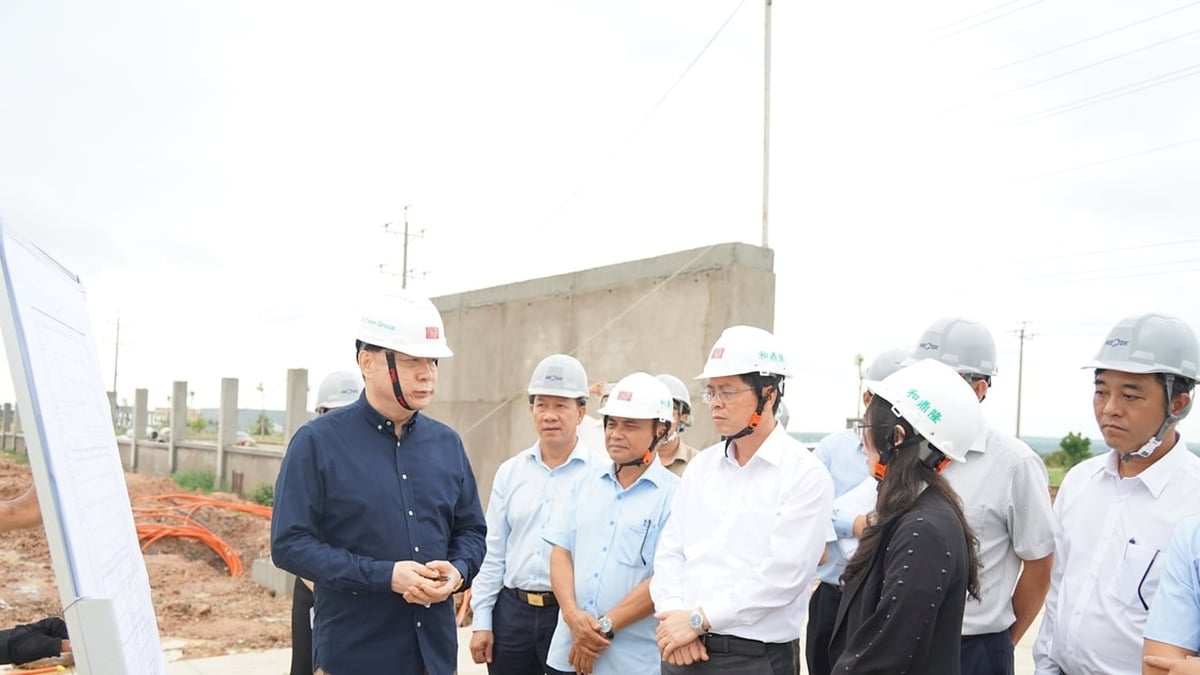



















![[Photo] National Assembly Chairman attends the seminar "Building and operating an international financial center and recommendations for Vietnam"](https://vphoto.vietnam.vn/thumb/1200x675/vietnam/resource/IMAGE/2025/7/28/76393436936e457db31ec84433289f72)


































































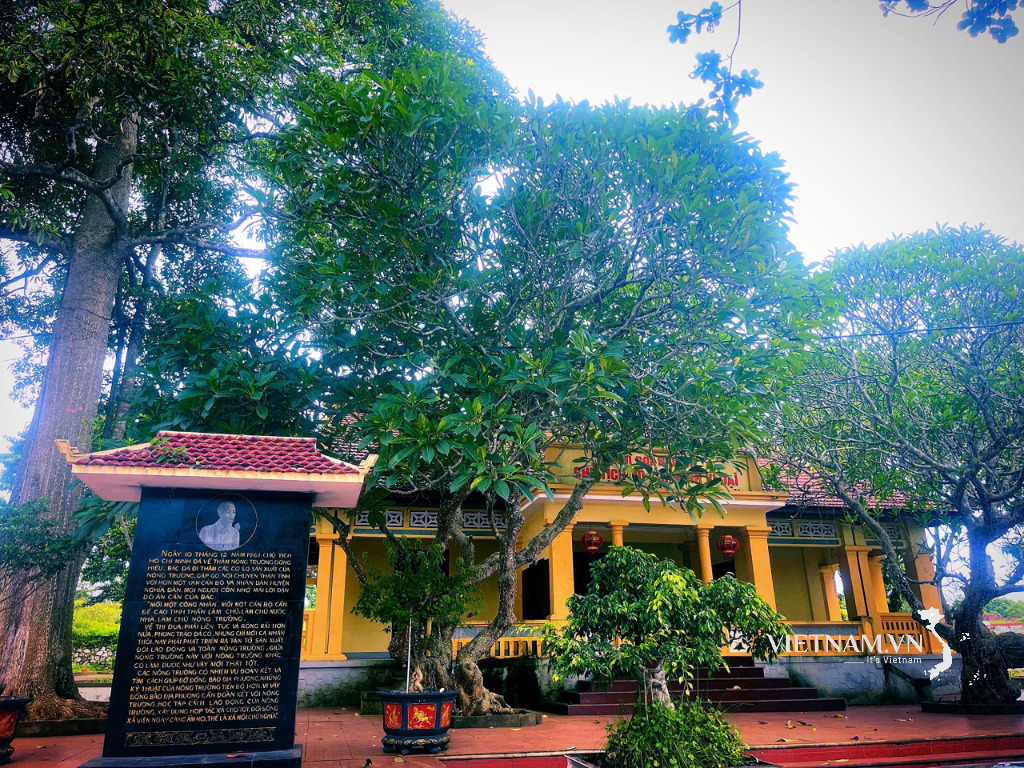
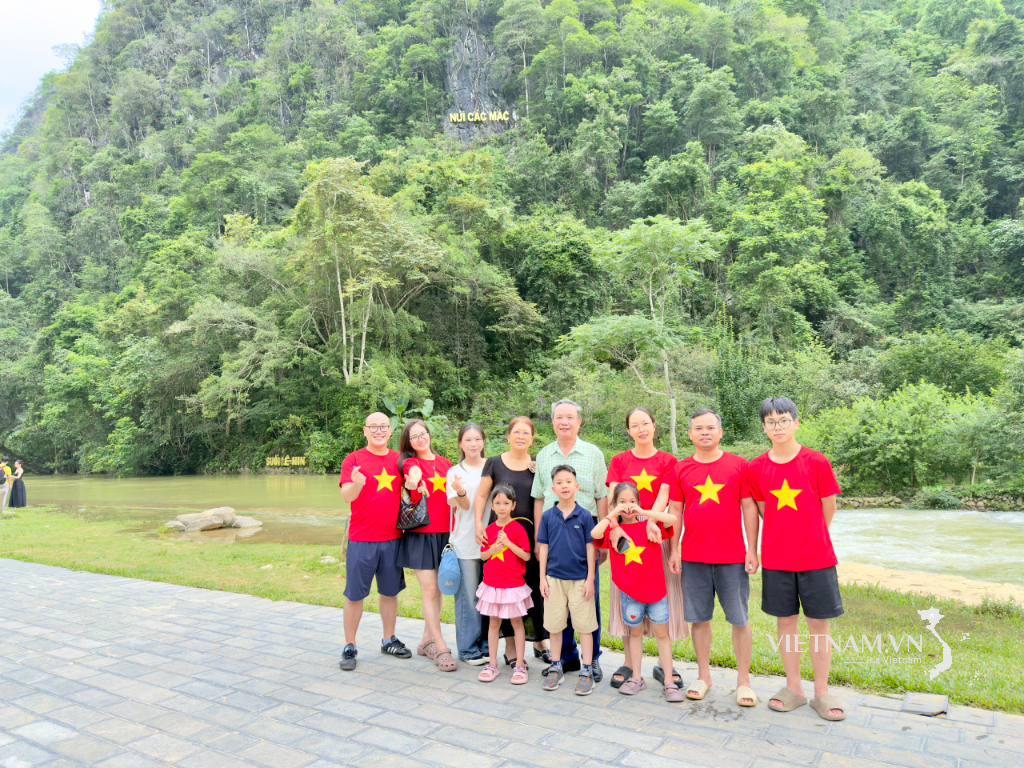
Comment (0)